Italian S.79 Sparviero Bomber Make-Over
Sun Jan 28, 2024 11:05 pm
I ran across this nicely done video of the Italian Air Force Museum's S.79 Sparviero bomber receiving a make-over in preparation for the Italian Air Force's 150th anniversary celebration last summer. The plane received a thorough cleaning inside and out, fabric repair and new paint.
The S.79 was Italy's primary bomber in both the Spanish Civil War and WWII. It also set several speed records in the 1930s. This aircraft is one of two restored survivors. Both were obtained from Lebanon in the 1960s.
The S.79 was Italy's primary bomber in both the Spanish Civil War and WWII. It also set several speed records in the 1930s. This aircraft is one of two restored survivors. Both were obtained from Lebanon in the 1960s.
Re: Italian S.79 Sparviero Bomber Make-Over
Mon Jan 29, 2024 11:38 am
A great looking ship, I had a toy of one as a child, and thought it was neat.
In doing some research, I was a bit surprised to learn that its age puts it more into the B-10/Hampden/Whitley category than the B-18. So, like the rest of the 30s designs, it suffered with the usual lack of defensive armament positions.
Also, I found its construction surprising...steel tube, duralumin, plywood and fabric. And a wood wing.
Fast for its time, but a bit of a relic structurally during the war.
In doing some research, I was a bit surprised to learn that its age puts it more into the B-10/Hampden/Whitley category than the B-18. So, like the rest of the 30s designs, it suffered with the usual lack of defensive armament positions.
Also, I found its construction surprising...steel tube, duralumin, plywood and fabric. And a wood wing.
Fast for its time, but a bit of a relic structurally during the war.
Re: Italian S.79 Sparviero Bomber Make-Over
Tue Jan 30, 2024 5:10 am
Lebanon gained independence in 1943 and started forming the army with French and British equipment. It wasn't until the first Arab-Israeli war in 1948 that the need to establish an air force was realized and in 1949, the Lebanese Air Force was formed under the command of then Lt. Colonel Emile Boustany who later in his career became commander of the army.
In the same year in 1949, a number of planes were donated by Britain and Italy.
Britain donated 4 Percival Prentices and 2 WWII period Percival Proctors while Italy donated 4 Savoia Marchetti SM.79 bombers which were mainly used as transports.
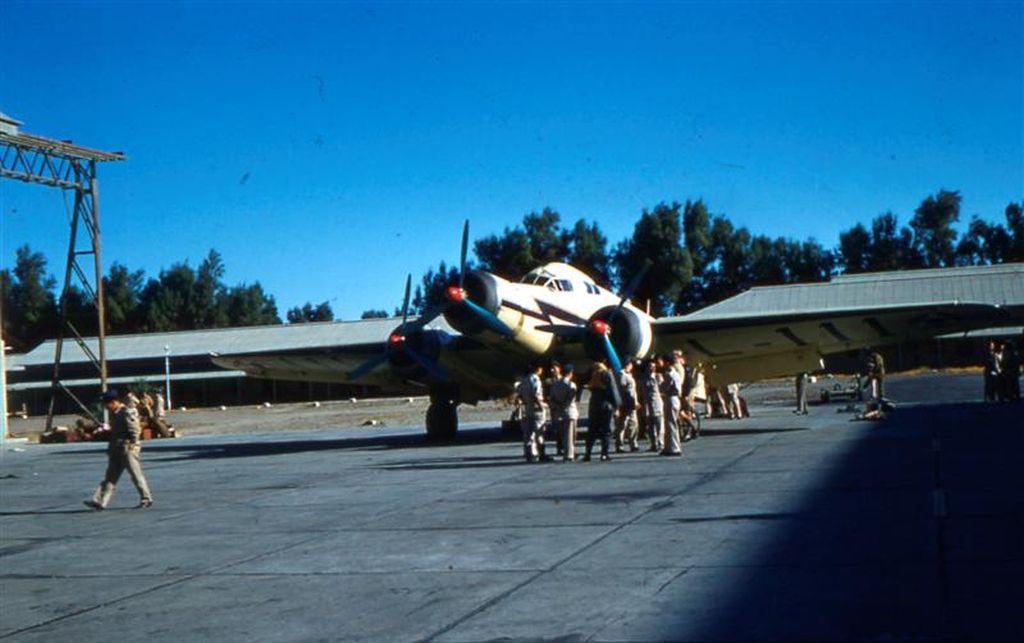
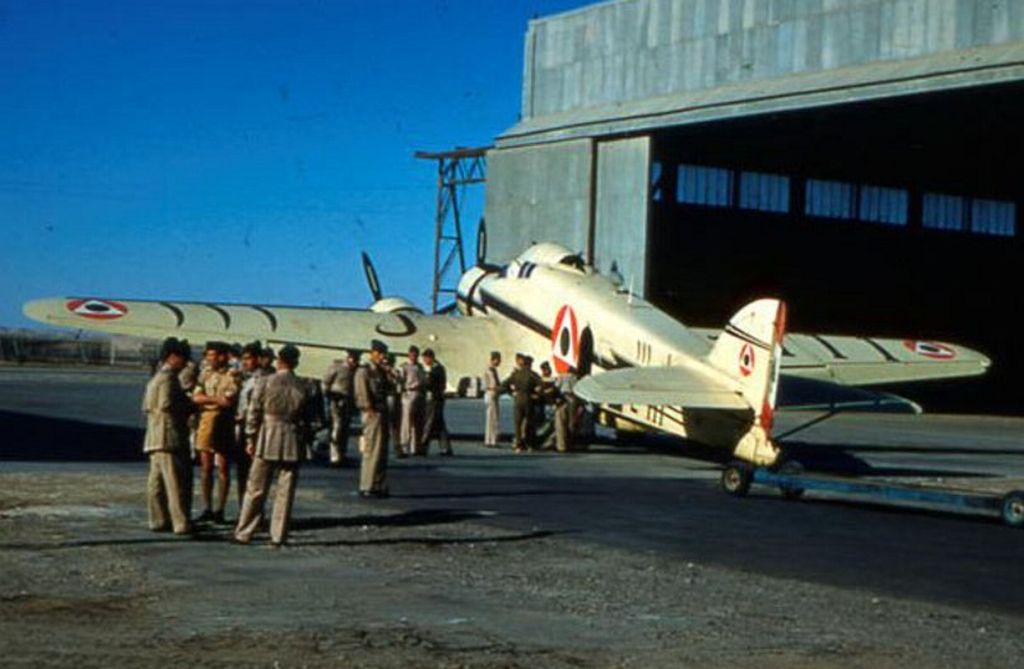
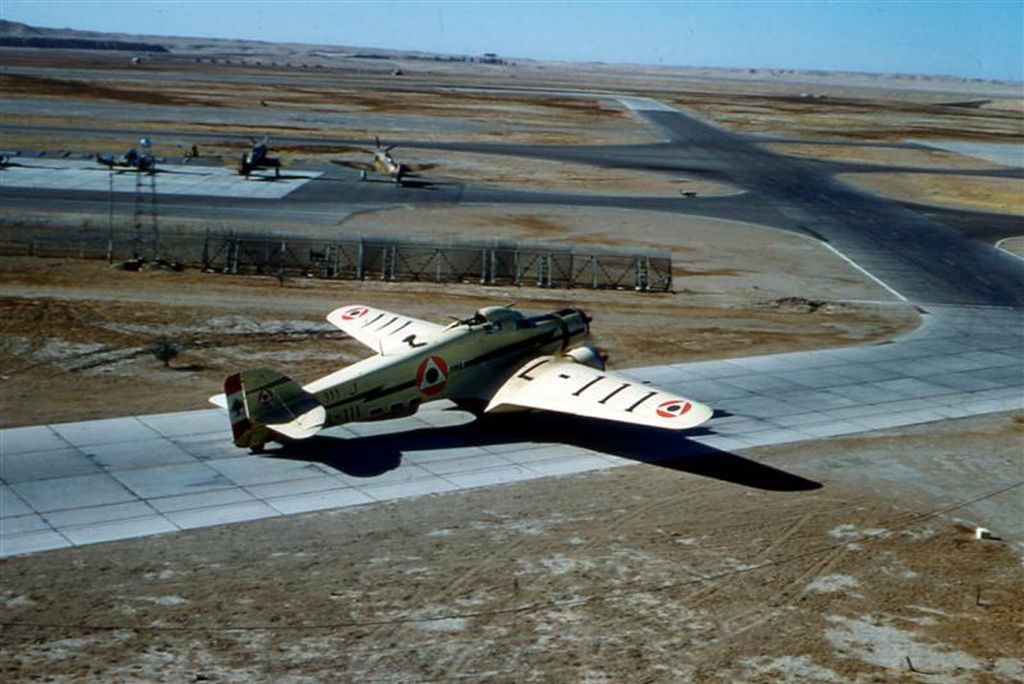
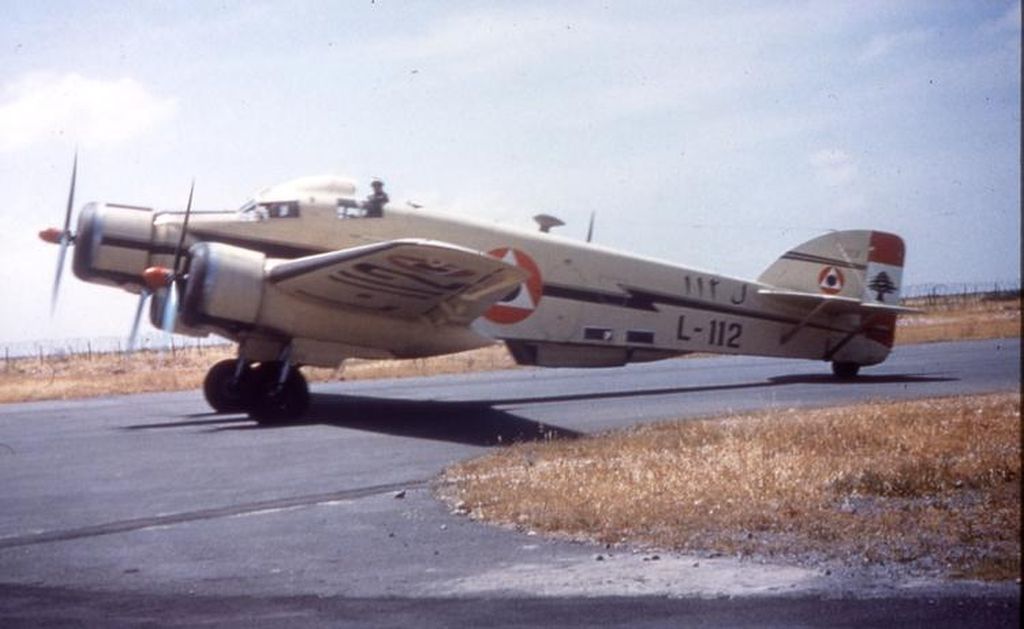
In the same year in 1949, a number of planes were donated by Britain and Italy.
Britain donated 4 Percival Prentices and 2 WWII period Percival Proctors while Italy donated 4 Savoia Marchetti SM.79 bombers which were mainly used as transports.




Re: Italian S.79 Sparviero Bomber Make-Over
Tue Jan 30, 2024 8:50 am
Wow! Those are some really cool photos.
Thanks for posting 'em.
Thanks for posting 'em.
Re: Italian S.79 Sparviero Bomber Make-Over
Tue Jan 30, 2024 9:05 am
Looks like a pair of Iraqi Furies in the background of the third pic? And a Vampire/Venom?
One of these days I must visit some more of Europe's museums - and those elsewhere!
One of these days I must visit some more of Europe's museums - and those elsewhere!
Re: Italian S.79 Sparviero Bomber Make-Over
Tue Jan 30, 2024 1:39 pm
Great photos, thanks.
Re: Italian S.79 Sparviero Bomber Make-Over
Tue Jan 30, 2024 5:58 pm
If you can find it, the British movie 'They Who Dare' (1954), about an SAS raid on an enemy airfield features Lebanese SM-79s as set dressing, painted in Italian colours. In the UK it's on YouTube but pay per view, so I can't post a link but maybe it's available in the US?
Re: Italian S.79 Sparviero Bomber Make-Over
Wed Jan 31, 2024 12:17 pm
Re: Italian S.79 Sparviero Bomber Make-Over
Thu Feb 01, 2024 6:02 pm
hurricane_yank wrote:https://www.youtube.com/watch?v=AcXz9zLZn84
Thank you! About 60 minutes into the movie. Now, if only there was a way to watch it from the UK...*ahem*
Re: Italian S.79 Sparviero Bomber Make-Over
Mon Feb 12, 2024 9:05 pm
Sadly blocked in NZ!
Re: Italian S.79 Sparviero Bomber Make-Over
Sun Feb 18, 2024 10:26 pm
Found a better print of They Who Dare online and made a bunch of screengrabs, so everyone can see them.
Now where did the two Beaufighters come from, and what was their fate?
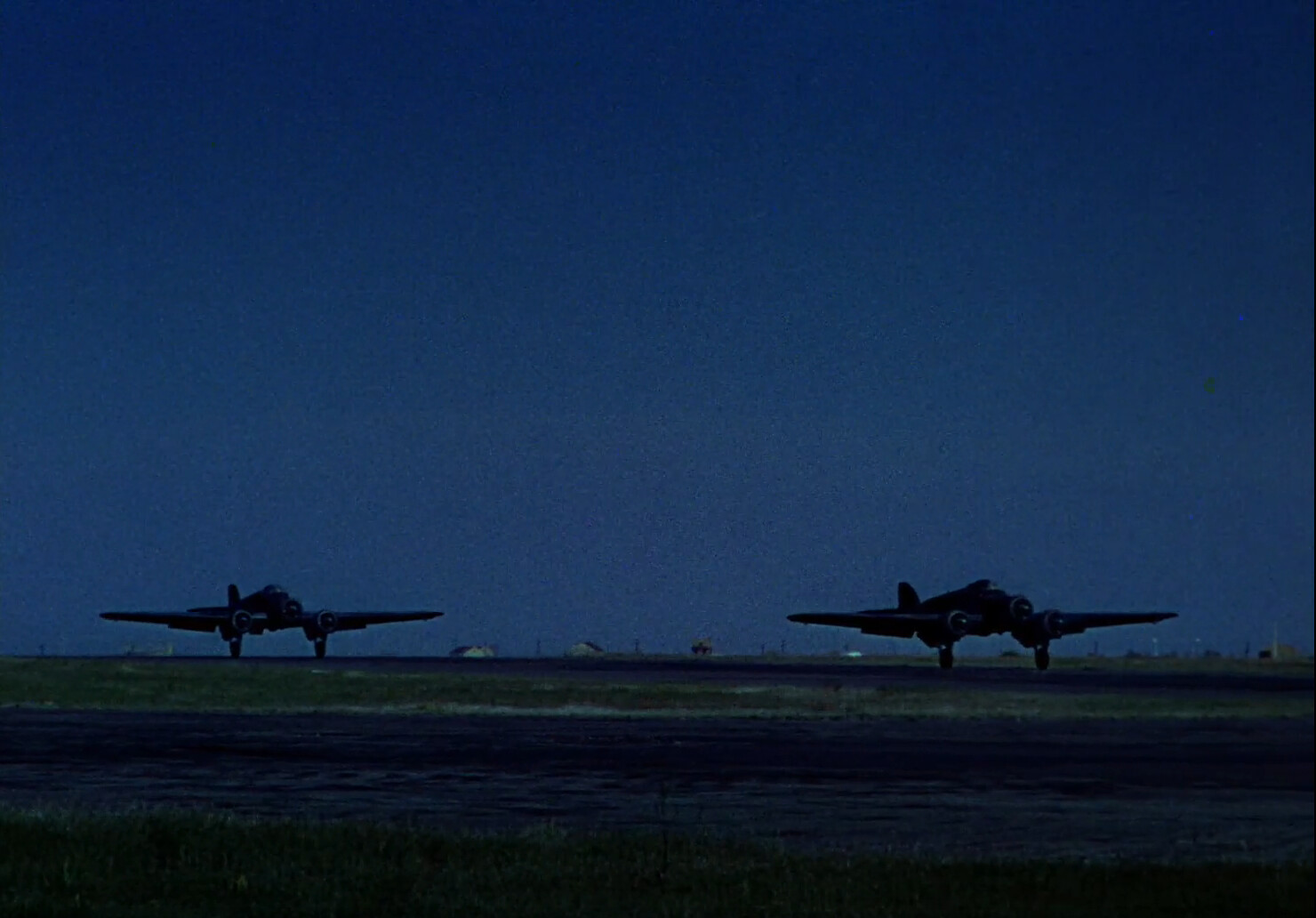
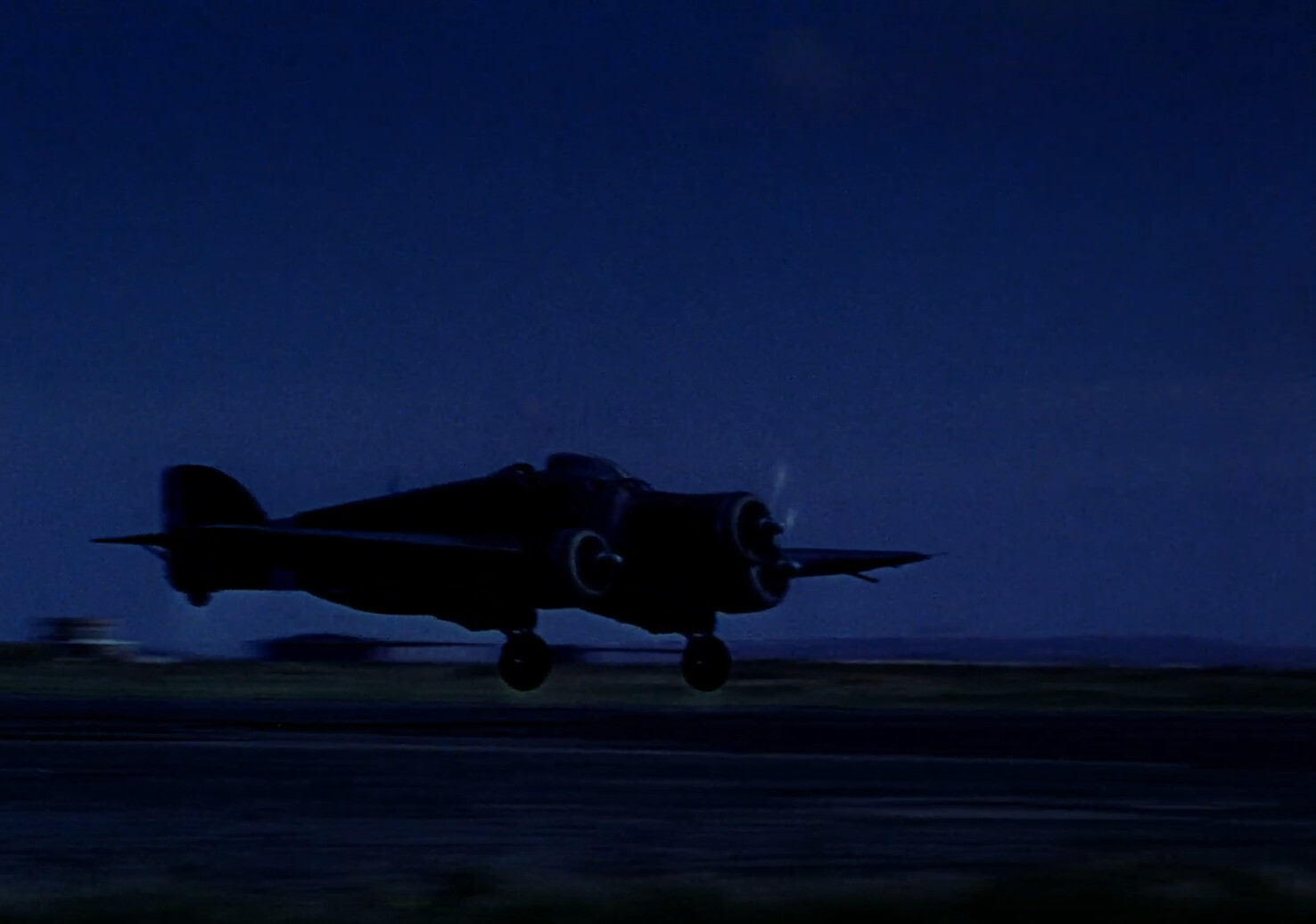

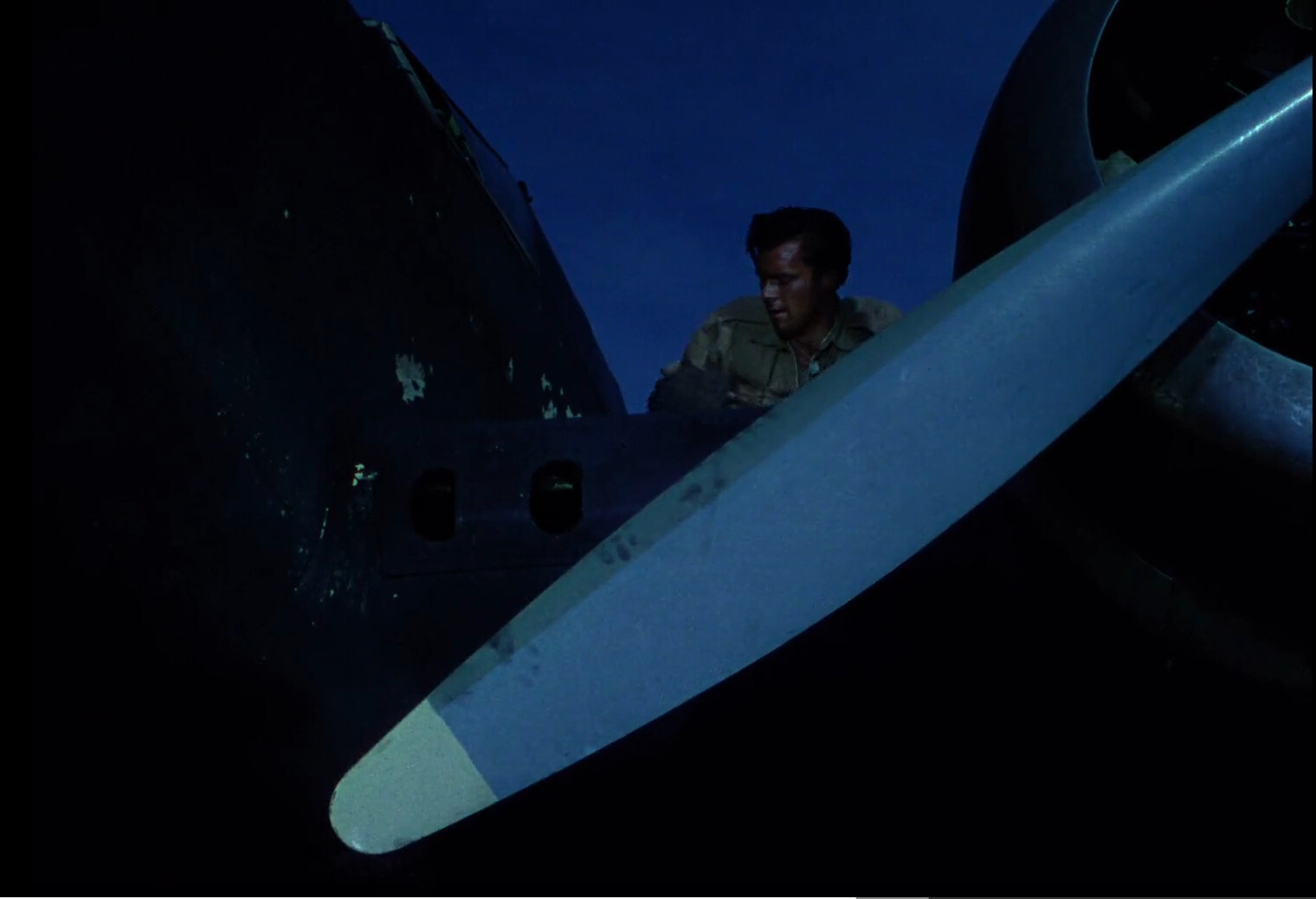


^^^ Note the painted one-dimensional SM.79 in the background - and its skinny shadow
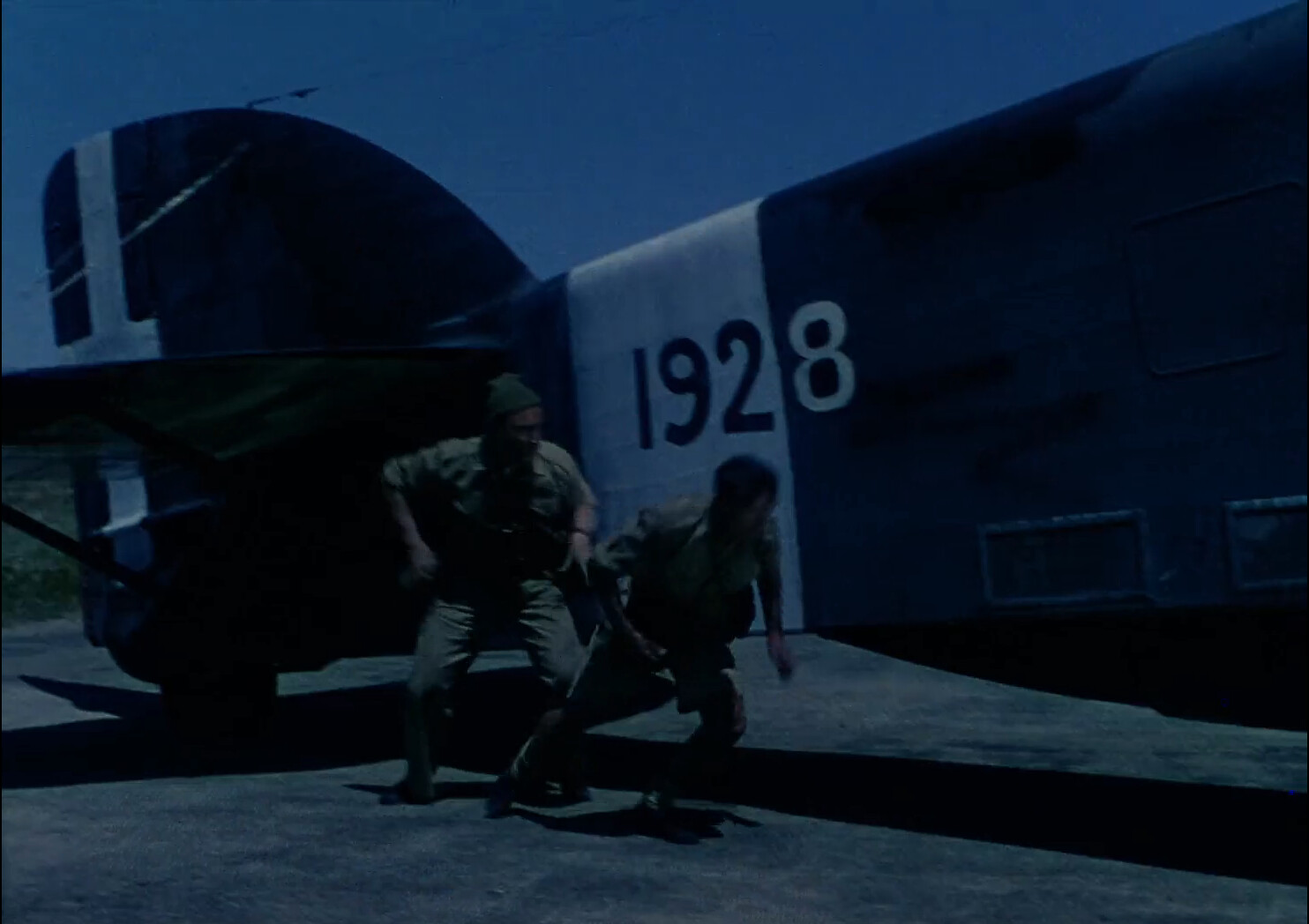

^^^ Beaufighter in background

^^^ TWO Beaufighters in background

^^^ Data plate shot for


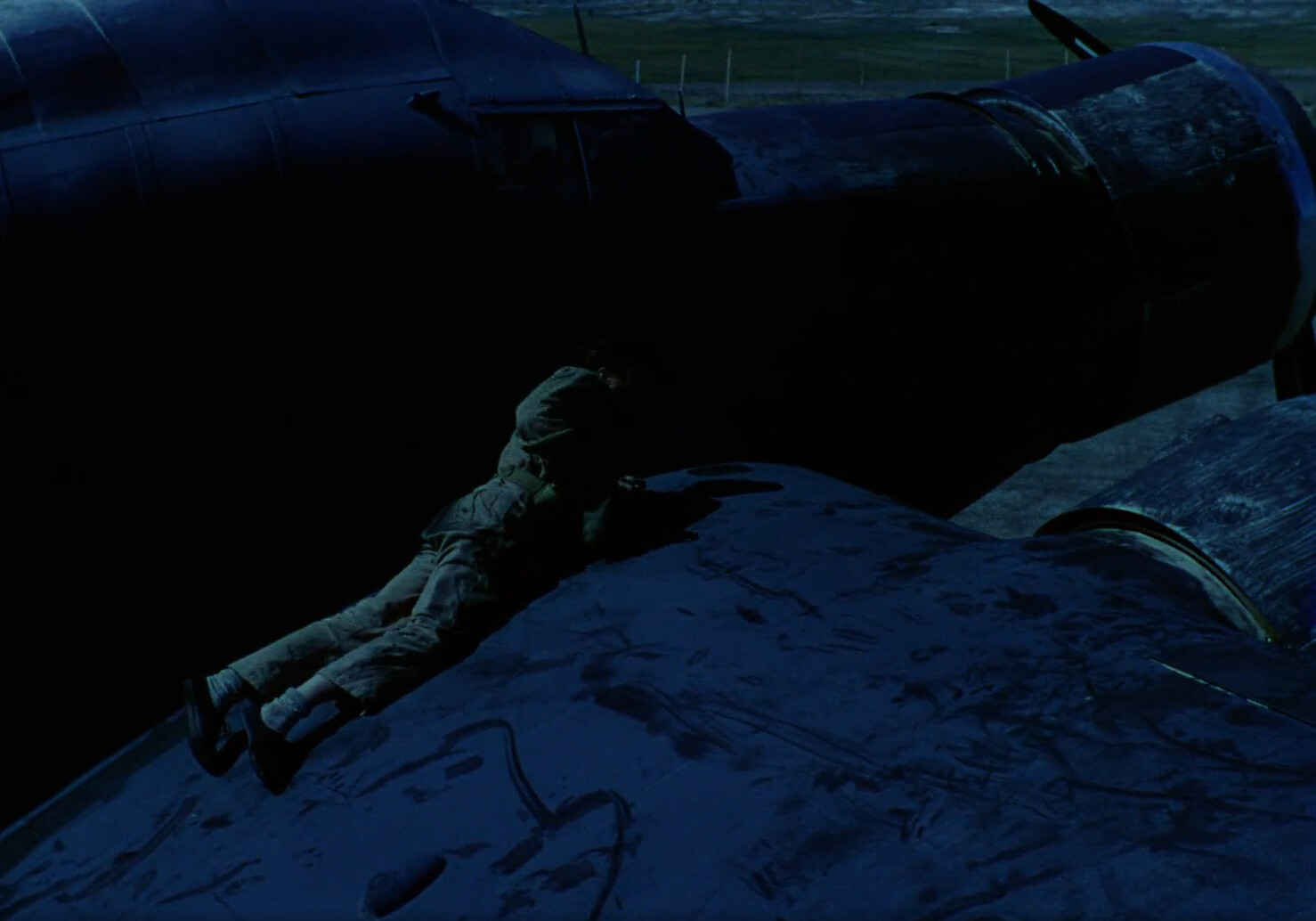
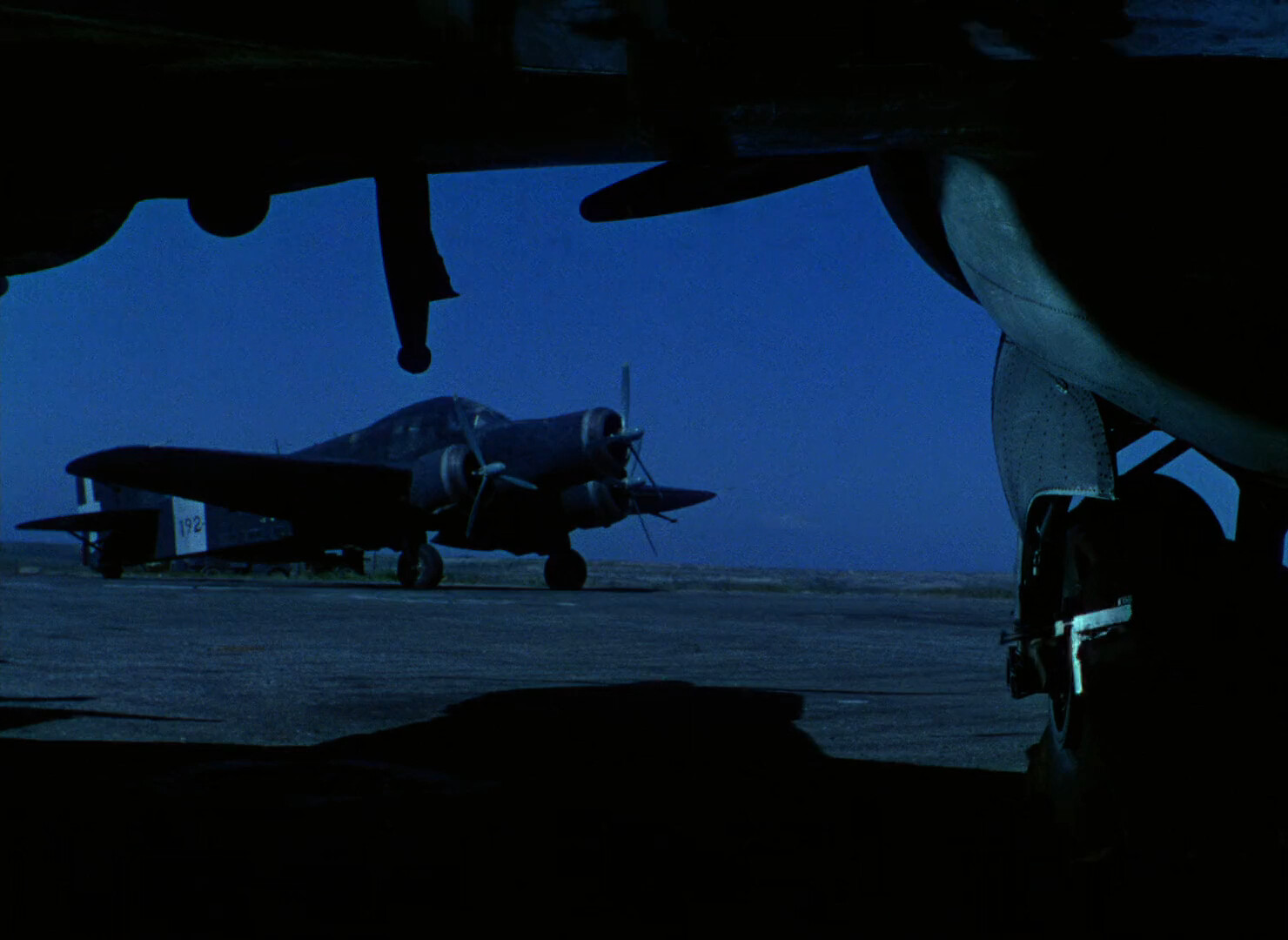

Best shot of one of the Beaufighters (had to combine two frames of film to remove a couple passing sentries). TF.10 model? Note the fake third prop added to look like the SM.79s!

^^^ Another fake third prop
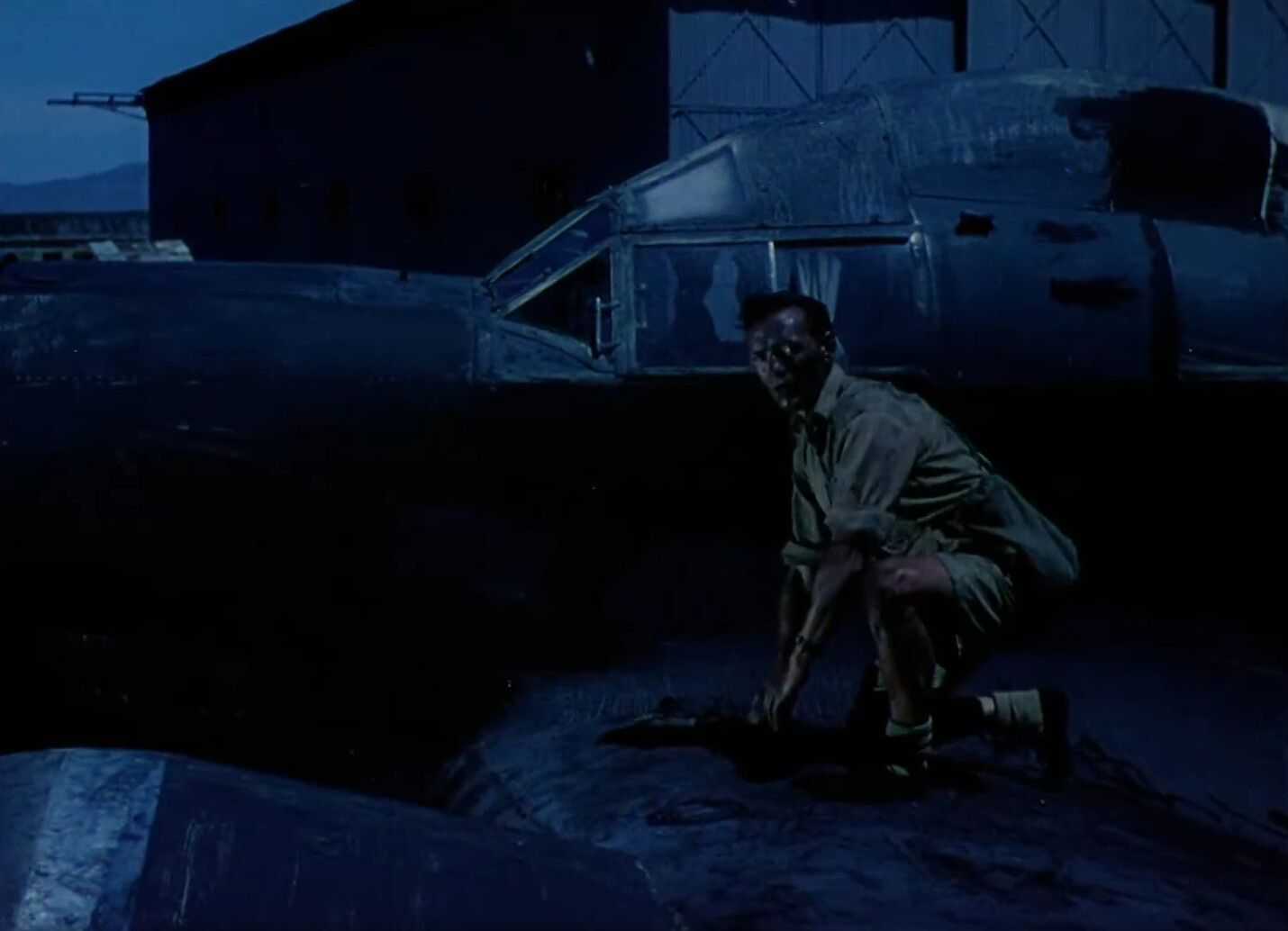
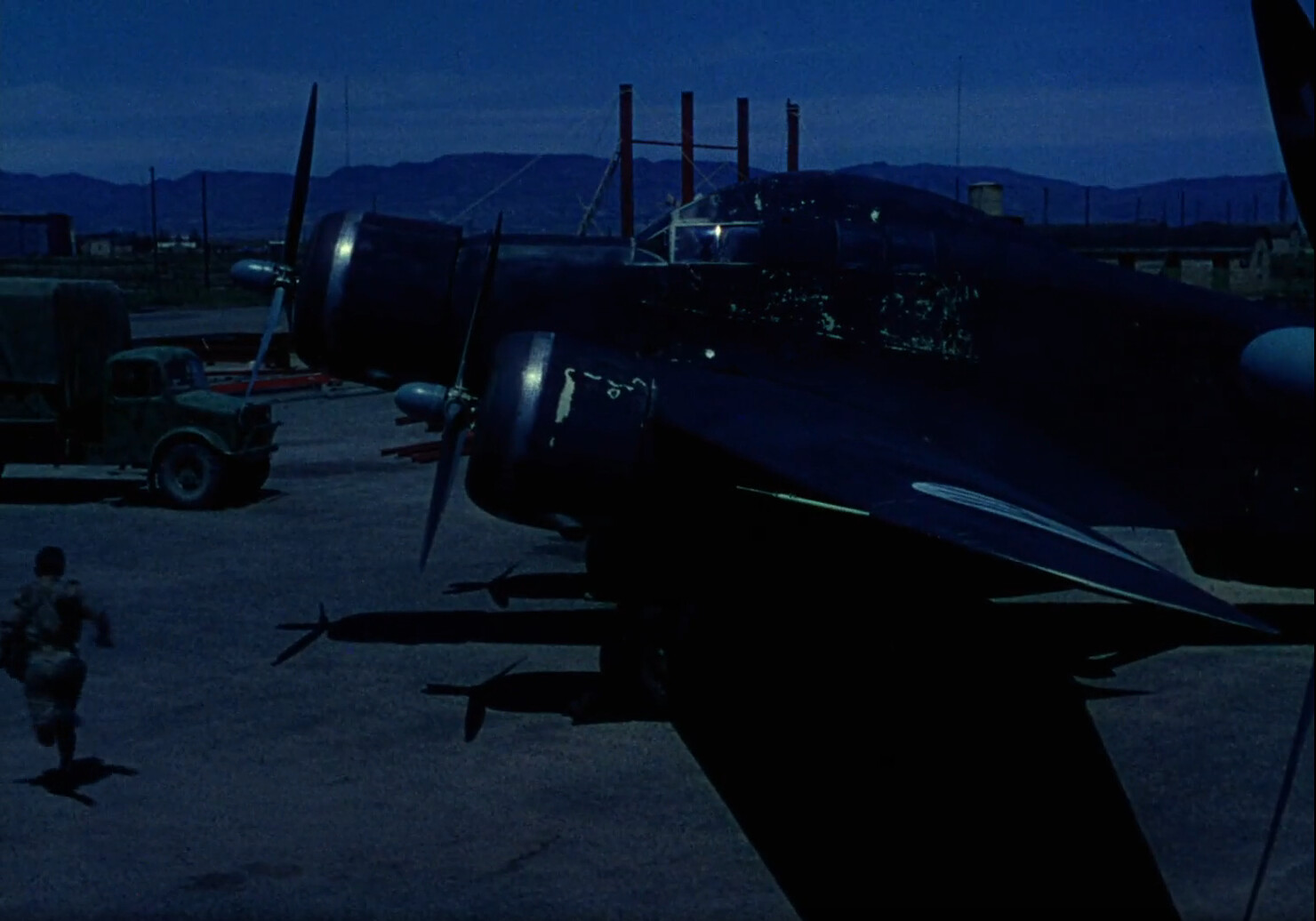

^^^ No real SM.79s were harmed in this production...
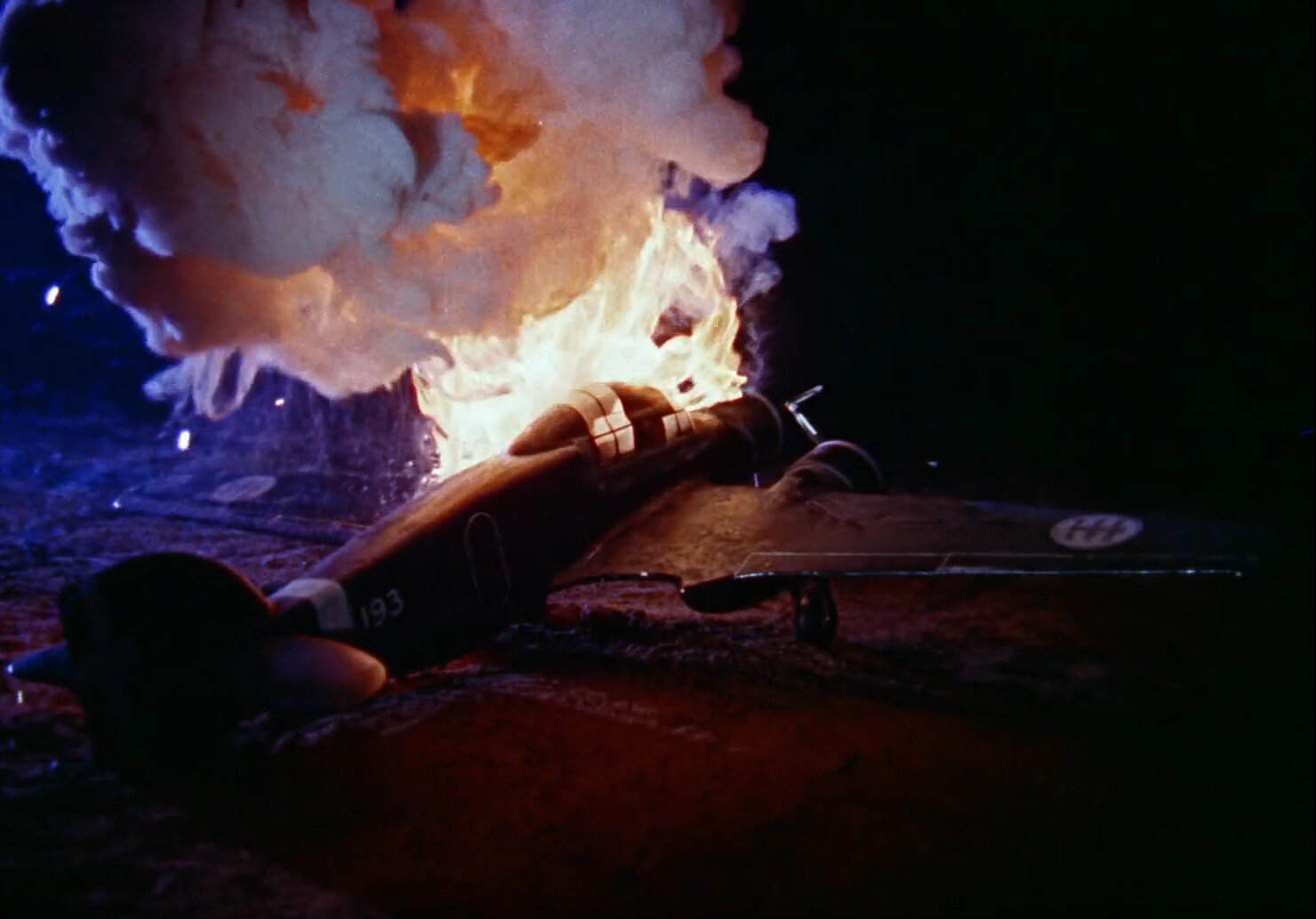
...but several models were.
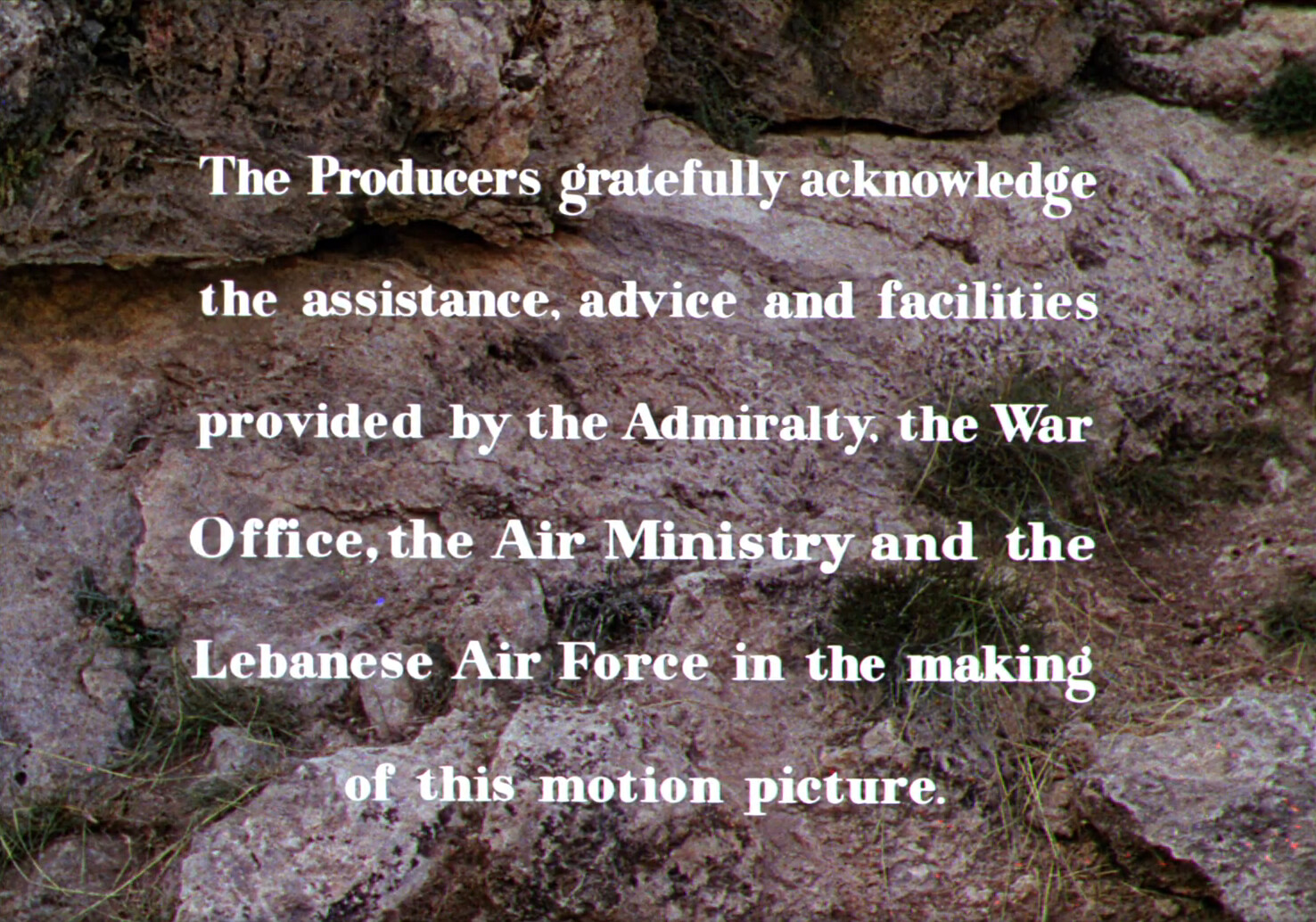
Now where did the two Beaufighters come from, and what was their fate?






^^^ Note the painted one-dimensional SM.79 in the background - and its skinny shadow


^^^ Beaufighter in background

^^^ TWO Beaufighters in background

^^^ Data plate shot for



Best shot of one of the Beaufighters (had to combine two frames of film to remove a couple passing sentries). TF.10 model? Note the fake third prop added to look like the SM.79s!

^^^ Another fake third prop



^^^ No real SM.79s were harmed in this production...

...but several models were.

Re: Italian S.79 Sparviero Bomber Make-Over
Mon Feb 19, 2024 5:25 am
Thanks, Chris! Superb screenshotting (if that's even a word).
As for the Beaufighters, which I hadn't even noticed, is it possible they were ex-Israeli or Turkish AF? Just thinking of 'local' air forces that were equipped with them, as the filming took place in Cyprus and Malta, according to Wiki.
As for the Beaufighters, which I hadn't even noticed, is it possible they were ex-Israeli or Turkish AF? Just thinking of 'local' air forces that were equipped with them, as the filming took place in Cyprus and Malta, according to Wiki.
Re: Italian S.79 Sparviero Bomber Make-Over
Mon Feb 19, 2024 12:58 pm
As the Beaufighter remained in service with the RAF until 1960 as a target tug they could have been serving aircraft. A Beaufighter target tug appears in the film Ice Cold in Alex (filmed in Libya 1957), and its yellow and black striped undersides denoting a Target tug are plainly visible.
Re: Italian S.79 Sparviero Bomber Make-Over
Mon Feb 19, 2024 5:16 pm
Good point. In fact on closer inspection the fin extension common to RAF tugs is visible in screenshot 7, if you look at the white fuselage band.
Example of an RAF Beau tug;

From Wiki
Example of an RAF Beau tug;

From Wiki
Re: Italian S.79 Sparviero Bomber Make-Over
Mon Feb 19, 2024 8:12 pm
Per https://en.wikipedia.org/wiki/Bristol_Beaufighter
The Beaufighter was also used by the air forces of Portugal, Turkey and the Dominican Republic. It was used briefly by the Israeli Air Force after some ex-RAF examples were clandestinely purchased in 1948.
Many Mk.10 aircraft were converted to the target tug role postwar as the TT.10 and served with several RAF support units until 1960. The last flight of a Beaufighter in RAF service was by TT.10 RD761 from RAF Seletar on 12 May 1960.[36]
The Beaufighter was also used by the air forces of Portugal, Turkey and the Dominican Republic. It was used briefly by the Israeli Air Force after some ex-RAF examples were clandestinely purchased in 1948.
Many Mk.10 aircraft were converted to the target tug role postwar as the TT.10 and served with several RAF support units until 1960. The last flight of a Beaufighter in RAF service was by TT.10 RD761 from RAF Seletar on 12 May 1960.[36]